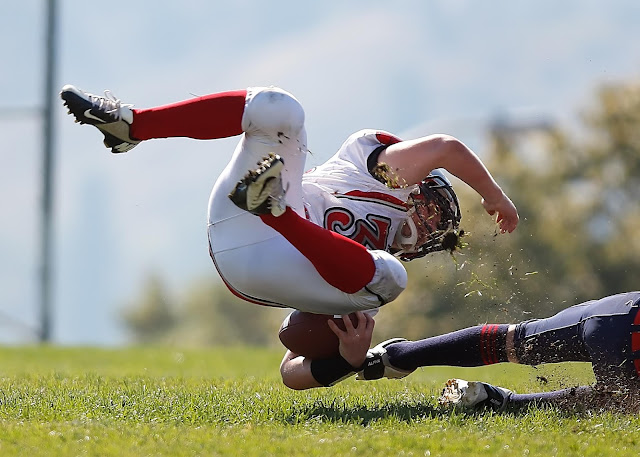 |
| Credit: Public Domain |
By Andrew Bennett
Conservation of Momentum Definition
The conservation of momentum is enormously useful, particularly for learning about collisions between objects. Mostly used to describe the collisions of two or more objects, this physics principle means that the total momentum does not change in a closed system. In other words, the total value of momentum is constant when there are no external forces acting on a group of objects.Conservation of Momentum Equation
Typically, we use an equation that comes from a special case of the Impulse-Momentum Theorem:When the force on the system is zero, the total momentum does not change. So, we can write an equation stating that the initial total momentum is equal to the final total momentum.
This equation can be expanded by including momentum terms for each object. For example, if we have two objects labeled A and B, respectively, we might write this as:
We could also substitute the equation for momentum into each term and get the result:




Comments
Post a Comment